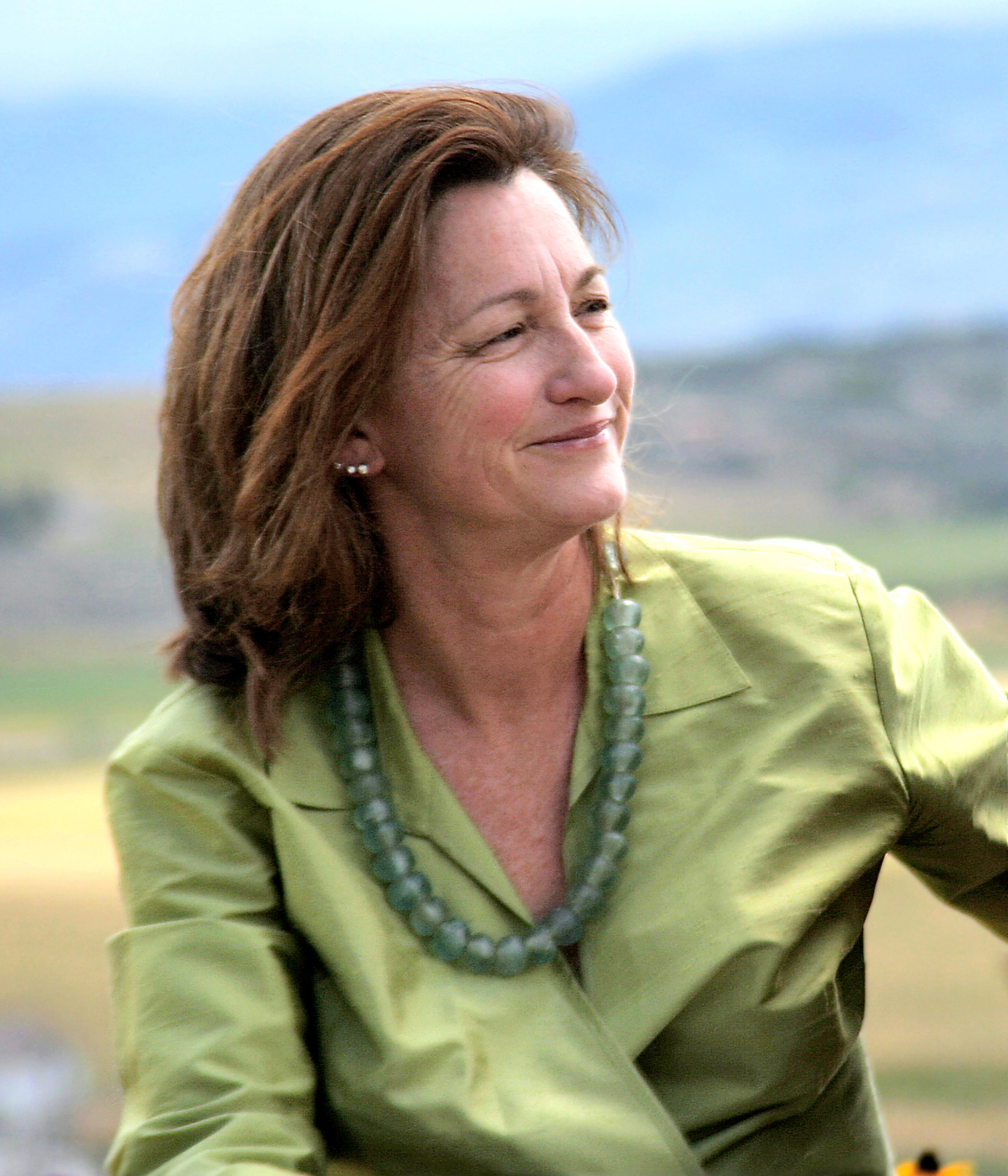From my background in psychology comes an interest in portraying human behavior and motivations in a visual format, translated through an art lens so that you can read my sense of human life through visual symbols.
The artist uses accepted tools and formats for speaking (visually) about their perceptions and interpretations of life around them. The world goes through their lens, their eyes, and their psyches and then via the mediums they choose to express this perception, we see a unique vision of the environment that we all take for granted. Artists are generally given credit for re-awakening us to our surroundings, giving us a fresh look at everydaypeople and places, objects and events. Sculpture, 3 dimensional representations of humans and habitats, and architecture, I’ve found is a great vehicle to express my perceptions.
I tend to use materials not typically used in traditional sculptures, such as the painted hydrastone (crushed limestone) figures, figures draped in painted canvas or wrapped in treated burlap or waxed cloth, to correspond with the new world we inhabit, that have some of the associations of the old, but with a new twist. The human figure itself draws people in because we’re implicity drawn to representations of ourselves. I use the innate human associations of color to imply, give hints to, some parts of the message I wish to impart. The shapes and gestures of the figures suggest another part of the message along with the titles. So art could be seen as a riddle or puzzle to figure out with clues given on the way.
The other equally important component of viewing art is the psyche of the viewer. The artist has an idea they are conveying that will be interpreted in different lights depending on the psychological landscape of the person “reading” the artist’s creation.
